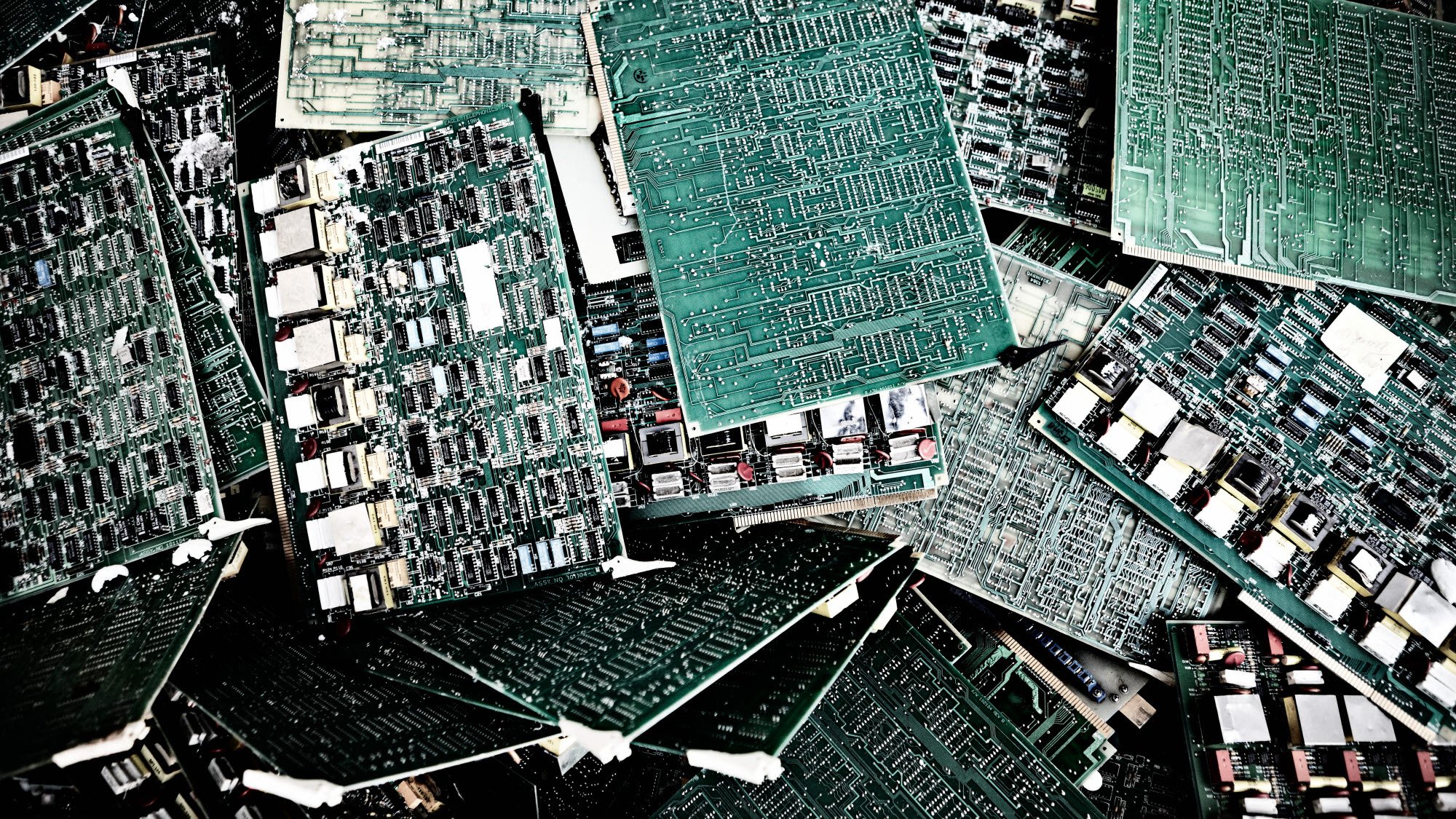Where old mobiles become new metal
Boliden’s Rönnskär copper smelter in Västerbotten is a world leader in recycling – thanks to a furnace that resembles a spinning soft drinks bottle.
We are using more and more electrical and electronic devices in our day-to-day lives. A lot of countries are also introducing legislation on collecting end-of-life electronics. This means that the amount of recycling material is increasing, providing smelters with a new – and plentiful – source of raw materials.

The gold content in electronic products varies, but is significantly higher than, for instance, the ore concentrate produced at Boliden’s Kankberg gold mine.
Electronics material thus accounts for an important part of Boliden Rönnskär’s total metal flow. An e-Kaldo plant, where crushed electronics are melted down in order to recover the metal content, opened here in 2012. The molten metal then continues through the normal copper process.
Someone who works at the new e-Kaldo plant is process operator Tomas Bäckström.
What is an e-Kaldo plant?
“It is essentially an energy-smart way of recycling electronics and metals. We smelt old electronics here 24 hours a day, 365 days a year.”
What do you mean by energy smart?
“Well, we kick-start the process, but then we don’t need to supply any more energy because the heat from the plastic contained in these electronics causes it to melt. The steam produced is transferred to our energy centre and used for district heating and to produce electricity.”
Which part of the process are you responsible for?
“I’m involved at an early stage in the process. Once old electronics material has been crushed and sampled, it is brought here for smelting. It is then integrated with the normal smelting process, which results in copper, gold and silver. I monitor the process, making sure that all the levels are correct. We follow a rolling schedule, which involves a lot of preventive maintenance.
It is one of the most independent roles I’ve had because a lot revolves around thinking for yourself, for example, sampling the molten metal and sending it for rapid analysis. Once the results come back you have to decide what to add or remove in order to ensure molten metal of the best possible quality.”
PHOTO: STEFAN BERG